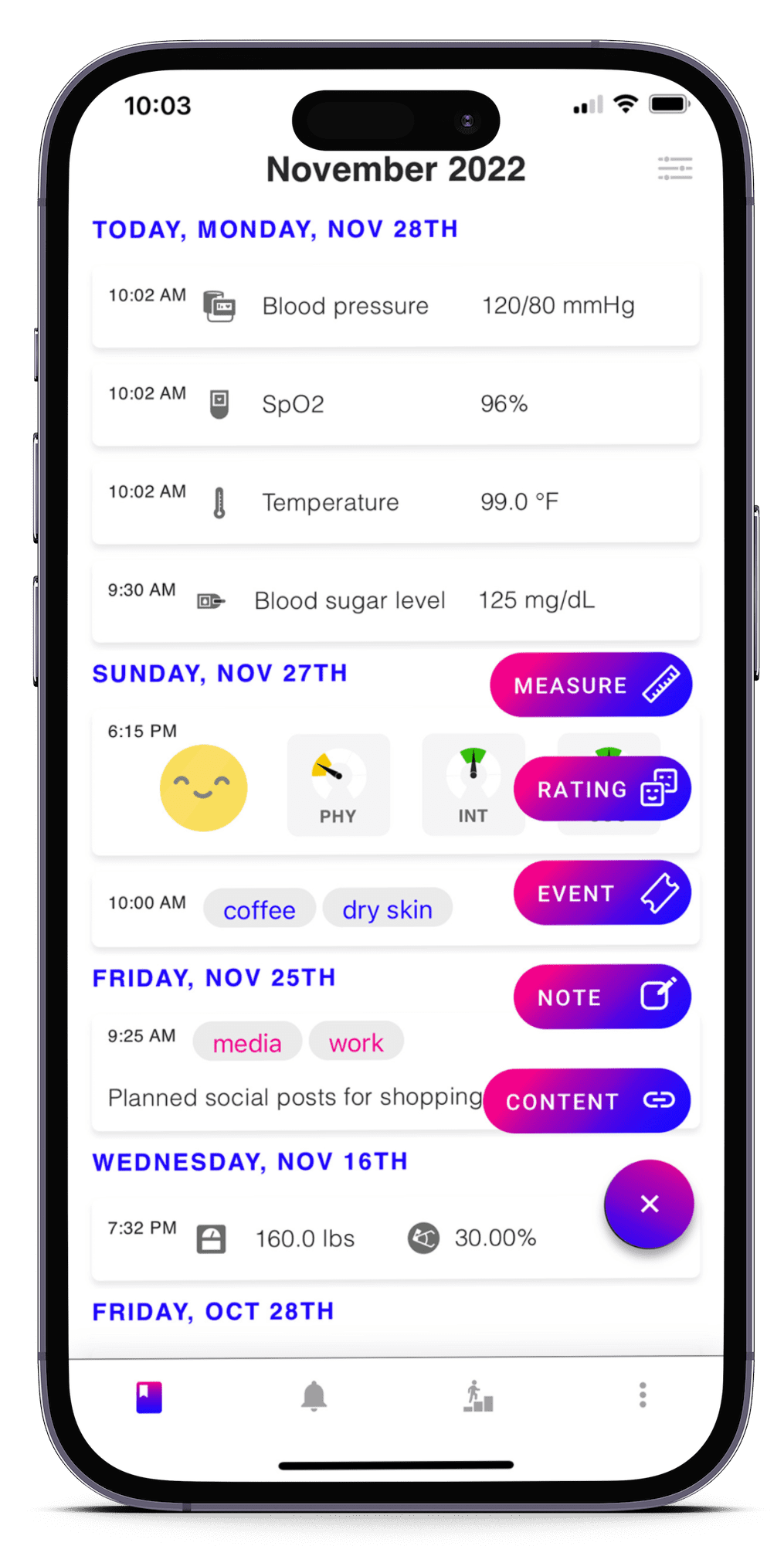Data is simply recorded history.
Without data, we are bound to repeat mistakes and lose innovations. Without precedent, lawyers would try every case as if it was the first. Without Intellectual Property, engineers would build every product as if it was the first. Without medical records, doctors would treat every patient as if they were the first.
In this A History of Data series, we’ll examine the evolution of data and its impact on people, society, and economy.
- A History of Data: Part 1 – Data Origins
- A History of Data: Part 2 – Physical to Digital
- A History of Data: Part 3 – Information Superhighway
- A History of Data: Part 4 – Finding Data
- A History of Data: Part 5 – Free Business Model
- A History of Data: Part 6 – What’s Next?
The early forms of data came from recorded communication in the form of pictures and writing. Prior to our ability to write, information was lost from person to person and generation to generation which is humorously the basis for A History of the World: Part 1 speculation that there may have been 15 Commandments. The earliest forms of data (pictures and writing) were simply store and forward communication allowing knowledge to span time and place. Society experienced a huge leap forward in collective knowledge with the ability to write and then later to print at scale. Prior, it was very expensive to produce (i.e. stone tablet) and reproduce so we did not waste its use on entertainment or humor rather we focused on relevant topics that we wanted to pass on or spread like Commandments.
After the stone tablet, papyrus and then paper became the low cost means of recording and distributing information in the form of newspapers, magazines, books, journals, etc. In addition, paper became the primary means of transacting business whether it was the currency or a record of the transaction. For the 20th century, paper was our personal and business history as we collected receipts for small purchases, received written instructions for medicine use, received bank statements for accounting, were mailed credit card statements for spend history, signed contracts endorsed by a notary for big transactions, filed expense reports for work expenses, saved doctor documents for health records, collected coupons for discounts, etc. Our personal data was in our file cabinet, in our house, and owned by us.
In the 1920s and 1930s, when radio and TV came to be, content creators were able to reach the masses live over the air but recordings were still analog and physical requiring expensive machines to duplicate and complex logistics to distribute. Live programs were initially for information distribution but they quickly evolved into entertainment as the cost of delivery went down and the number of listeners and viewers went up. Eventually, records, 8-track tapes, cassette tapes, VHS tapes, and camera film helped with audio and video recording and distribution but the recordings remained analog, physical, and not easily distributed. With broadcasts and their recordings, producers were unable to target small segments of an audience since the medium was one to many. As a result, the content was fairly neutral in an effort to appeal as broadly as possible.
In A History of Data: Part 2, we’ll cover the emergence and impact of digitizing written, audio, and video content.
Who we are
The Live Learn Innovate Foundation is a 501(c)3 nonprofit entity that empowers software users to regain control of their personally generated health data, gain intuitive insights about their social data, learn the impact of their environment on health, and build a foundation of data analytics that empowers research, academics, and innovation in economic development.
Use cases for this secure, private method of data aggregation appear everywhere, expanding to family care, community growth, agricultural planning, and many more things still unseen. Help us keep going by getting involved today.
